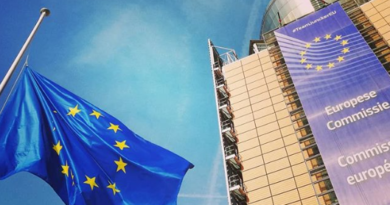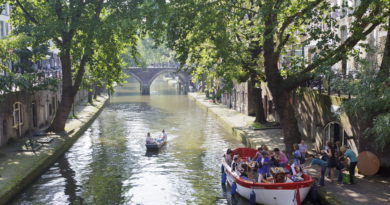Film Review: Human Flow, Ai Weiwei’s new film
65 million people around the world were forced from their homes in 2015, more than at any time since World War Two. Filmed over a year from 2015 in 23 countries, renowned visual artist Ai Weiwei’s new film Human Flow captures the overwhelming scale of the crisis, on both a planetary and a very personal level.
The film’s opening sequence takes us to the summer of 2015, and by following just one boatload of Syrian refugees arriving in Greece, it illustrates the vulnerability of people who have lost all they own. A small, flimsy boat in a vast sea – and then, suddenly, the aerial view switches to the shaky footage of a cameraphone as a rescue team rushes to get the people onto the shore. Ai Weiwei uses this technique, again and again, combining long-shot, eerily beautiful photography with the suddenness of impromptu filming. It is a technique that explores the relationship people have with their surroundings when they are deprived of the most basic human needs like shelter, and makes the film thoughtful, intimate and urgent at once.
The jumps in scene – from Bangladesh to Mexico, sea to desert – replicate a sense of dislocation that only strengthens the film’s direct, human message. Ai Weiwei himself says that “this is not a refugee crisis, it is a human crisis.” He began filming when he was on holiday with his wife in Greece at the height of refugee arrivals there; the film springs from the need to tell what he witnessed then and since. It is not just horror: there are moments of humour and friendship, as Ai shares selfies with the people he meets or laughingly swaps passports with a young Syrian man, a joke the warm human feeling of which is not tainted by the irony it evokes.
That human message is directed at the world, and it ought to be one that resounds particularly in Europe. One fact Human Flow does not mention is that 84% of the world’s refugees are hosted by developing countries. Nevertheless, it is inevitable that much of the focus is on Europe, the continent where, as the UN’s High Commissioner for Refugees Filippo Grandi says, the Refugee Convention was born. One of the shocking facts behind the film is that in 1989, 11 countries in the world had border fences or walls. By 2016, 70 countries did. This is graphically illustrated in the case of the refugees leaving Greece who found their way suddenly and cruelly blocked by barbed wire and army patrols firing stun grenades and tear gas at them. Several European countries had shut their borders, and that still haven’t opened them.
At 140 minutes, Human Flow is long, but it maintains suspense to the end. It does not have an actual storyline – because the story of the people it films is not over. We are left wondering, with empathy, What will happen to them? Where next?



